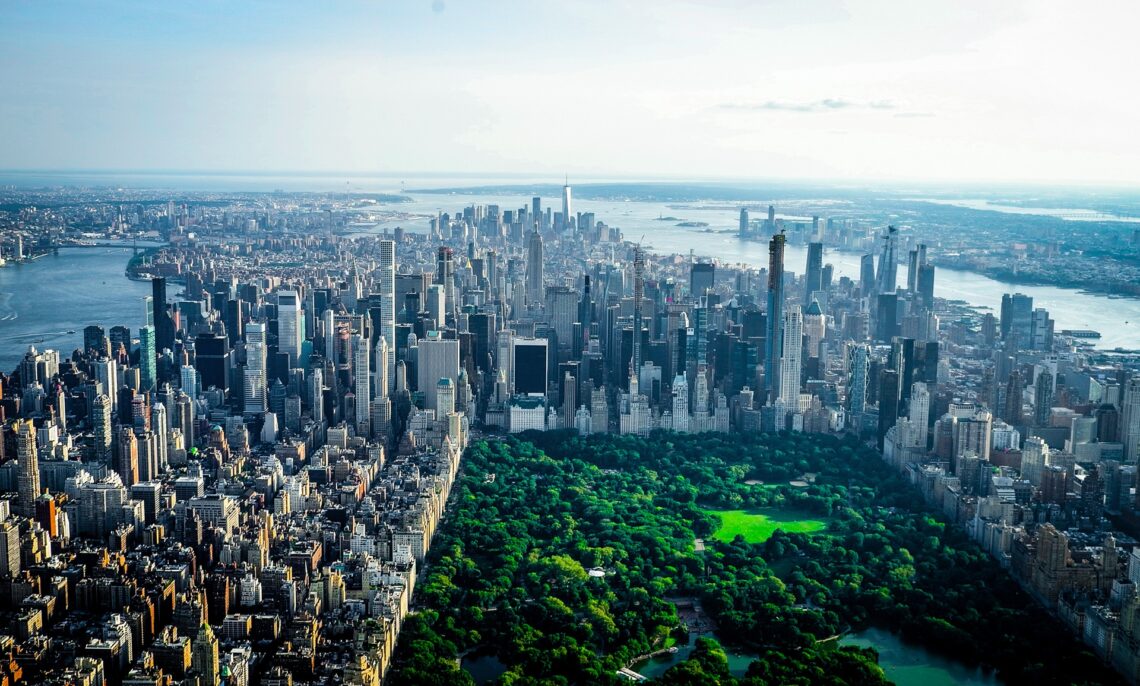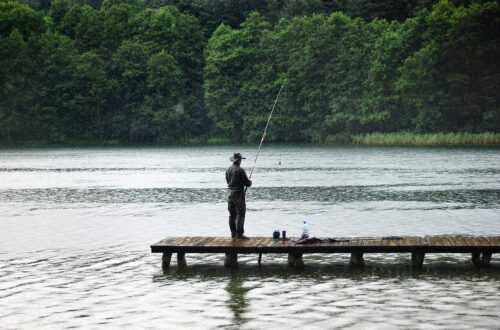Given that close to 80 percent of the population of the conterminous United States lives in an urban area, the benefits of urban forests touch most U.S. citizens. Nationally, urban forests in the United States are estimated to contain about 3.8 billion trees, with an estimated structural asset value of $2.4 trillion (Nowak et al. 2002).[1] This dollar value reflects only a portion of the total worth of an urban forest. Urban trees also provide innumerable annual ecosystem services that affect both the local physical environment (such as air and water quality) and the social environment (such as individual and community well-being) that influence urban quality of life (Nowak and Dwyer 2007)1.
Urban forest services and benefits include, but are not limited to:
Local climate and energy use
Trees influence thermal comfort, energy use, and air quality by providing shade, transpiring moisture, and reducing wind speeds. The establishment of 100 million mature trees around residences in the United States is said to save about $2 billion annually in reduced energy costs (Akbari et al. 1988, 1992; Donovan and Butry 2009).
Air quality
Trees improve air quality by lowering air temperatures, altering emissions from building energy use and other sources, and removing air pollutants through their leaves. Urban trees in the conterminous United States remove some 784,000 tons of air pollution annually, with a value of $3.8 billion (Nowak et al. 2006).
Climate change
Urban trees can affect climate change by directly storing carbon within their tissues and by reducing carbon emissions from power plants through lowered building energy use. Urban trees in the conterminous United States currently store 770 million tons of carbon, valued at $14.3 billion (Nowak and Crane 2002).
Water flow and quality
Trees and soils improve water quality and reduce the need for costly stormwater treatment (the removal of harmful substances washed off roads, parking lots, and roofs during rain/snow events) by intercepting and retaining or slowing the flow of precipitation reaching the ground. For example, during an intense storm in Dayton, OH, the tree canopy was estimated to reduce potential runoff by 7 percent (Sanders 1986).
Noise abatement
Properly designed plantings of trees and shrubs can significantly reduce noise (Anderson et al. 1984). Wide plantings (around 100 ft) of tall, dense trees combined with soft ground surfaces can reduce apparent loudness by 50 percent or more (6 to 10 decibels) (Cook 1978).
Wildlife and biodiversity
Urban forests help create and enhance animal and plant habitats and can act as “reservoirs” for endangered species (Howenstine 1993). In addition, urban forest wildlife offers enjoyment to city dwellers (Shaw et al. 1985) and can serve as indicators of local environmental health (VanDruff et al. 1995).
Soil quality
Trees and other plants help remediate soils at landfills and other contaminated sites by absorbing, transforming, and containing a number of contaminants (Westphal and Isebrands 2001).
Real estate and business
Landscaping with trees—in yards, parks and greenways, along streets, and in shopping centers—can increase property values and commercial benefits (Anderson and Cordell 1988; Corrill et al. 1978; Donovan and Butry 2008; Dwyer et al. 1992; Wolf 2003, 2004). For example, one study found that, on average, prices for goods purchased in Seattle were 11 percent higher in landscaped areas than in areas with no trees (Wolf 1998).
Individual well-being and public health
The presence of urban trees and forests can make the urban environment a more aesthetic, pleasant, and emotionally satisfying place in which to live, work, and spend leisure time (Dwyer et al. 1991; Taylor et al. 2001a, 2001b; Ulrich 1984). Urban trees also provide numerous health benefits. For example, tree shade reduces ultraviolet radiation and its associated health problems (Heisler et al. 1995), and hospital patients with window views of trees have been shown to recover faster and with fewer complications than patients without such views (Ulrich 1984).
Community well-being
Urban forests make important contributions to the economic vitality and character of a city, neighborhood, or subdivision. Furthermore, a stronger sense of community and empowerment to improve neighborhood conditions in inner cities has been attributed to involvement in urban forestry efforts (Kuo and Sullivan, 2001a, 2001b; Sommer et al. 1994a, 1994b; Westphal 1999, 2003).
[1] Structural asset value is based, in part, on extrapolations of estimated replacement costs of trees of the same size, condition, species, and location.
This is an excerpt from The U.S. Forest Service publication Sustaining America’s Urban Trees and Forests: a Forests on the Edge Report by Nowak, David J.; Randler, Paula B.; Greenfield, Eric J.; Comas, Sara J.; Carr, Mary A.; Alig, Ralph J.
The entire publication may be downloaded at www.nrs.fs.fed.us/pubs/35572






